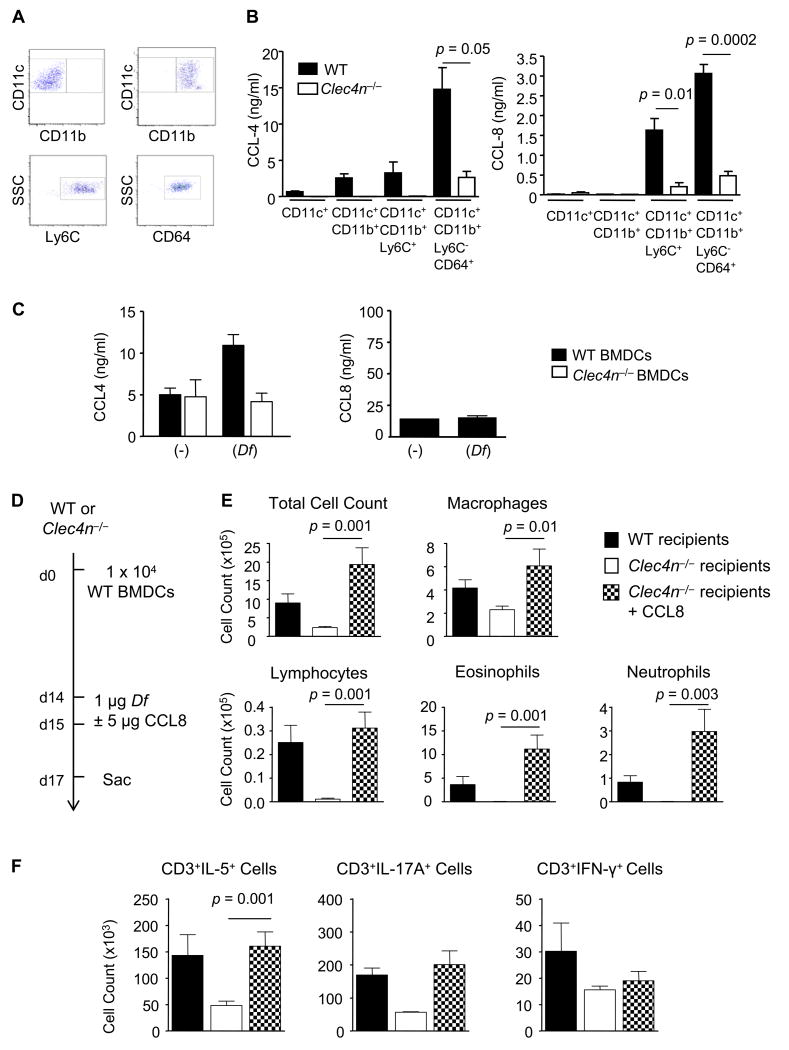Figure 7. Sensitized Clec4n−/− Mice Have Impaired MDDC Chemokine Production and Restoration of Airway CCL8 Reconstitutes Allergic Airway Inflammation.
A and B. WT or Clec4n−/− mice were sensitized with WT BMDCs and challenged with Df, as in Figs. 3 and 4. Single cell suspensions from the lung were generated, stained with the indicated antibodies or isotype controls, and sorted. A. Top row shows staining from sorted CD11c+CD11b− cells (left) and CD11c+CD11b+ cells (right). Bottom row shows staining from sorted CD11c+CD11b+ Ly6C+ cells (left) and from CD11c+CD11b+ Ly6C−CD64+ cells (right). B. CCL-4 (left) and CCL-8 (right) from cultured supernatant of each population at 24 h. Data are means ± SEM (n = 4-6/group) combined from 2 independent experiments. C. CCL-4 (left) and CCL-8 (right) from cultured supernatant of BMDCs with and without Df stimulation for 12 h. Data are means ± SEM (n = 4) combined from 2 independent experiments. D-F. WT or Clec4n−/− mice were sensitized with WT BMDCs and challenged with Df with or without addition of 5 μg CCL8 30 min prior to each Df challenge. D. Experimental diagram. E. Cytospins from BAL fluid were stained and counted. Data are means ± SEM (n = 7-9 mice/group) combined from 2 independent experiments. F. Pulmonary mononuclear cells were isolated, stimulated, fixed, stained for CD3 and intracellular cytokines, and analyzed by flow cytometry, as in Fig. 1 C&D. Data are means ± SEM (n = 4-7 mice/group) combined from 2 independent experiments.

